There can be your advertisement
300x150
Blinds Are More Than Just for Windows: How to Bring Life to Interiors with Slats and Blind Structures
Real-life applications of such structures
Blinds have long since stopped being just a way to block out sunlight through windows. Today, designers use slats and blind structures to create unique interiors. Let's explore how to transform space and make it more functional with these elements.
Main points from the article:
Blind elements help define spaces;
Slats and blind doors are suitable for storage systems;
Using blinds in interiors improves ventilation and lighting;
Blind structures save space in small apartments;
Modern materials allow for durable and stylish solutions;
Blind doors between rooms are a functional alternative to regular doors.
Why hang blinds on the wall?
Imagine: you live in a small studio apartment. There's little space, but you want to define the bedroom and set up the living room. Regular walls take up precious centimeters. What if you use a blind partition?
Blind structures in interiors are not just a fashion statement. They solve several tasks at once:
Space zoning: light sliding or folding partitions allow you to quickly change room layouts.
Improved ventilation: unlike solid walls, blind structures let air through, which is especially important for small rooms.
Light control: by turning the slats, you can regulate how much light enters different zones of the room.
Space saving: folding and sliding structures don't clutter space when not in use.
Where to use blind elements?
Designers find new ways to apply slats and blind doors in interior design. Here are some ideas:
Space division: a blind partition can separate the bedroom area from the living room in a studio or create a secluded workspace corner in a shared room.
Cabinets and storage systems: blind cabinet doors not only look stylish but also allow items to 'breathe'.
Bedside table: an unconventional solution that adds warmth and originality to the bedroom.
Design for radiators: blind screens hide unsightly radiators while not blocking heat circulation.
Ceiling structures: slats on the ceiling create an interesting visual effect and help hide utilities.
Blind doors between rooms: a new perspective on familiar things
Interior doors can also be a field for experimentation. Blind structures instead of regular doors are not only stylish but also practical:
Space saving: folding or sliding blind doors don't require space to open.
Flexibility in use: it's easy to adjust the degree of openness.
Improved ventilation: even when closed, these doors ensure air circulation.
Light control: adjustable slats let you regulate lighting in rooms.
Materials: what to choose?
The modern market offers a wide range of materials for blind structures:
Wood: eco-friendly and beautiful, but requires maintenance.
- MDF: an affordable alternative to natural wood.
- Plastic: lightweight and inexpensive, moisture-resistant
How does it work in practice?
Let's look at some real-life examples of using blind elements in interiors:
Apartment in a Khrushchev-era building in Moscow, 42 sq. m.
The designer used folding blind doors for wardrobes in the bedroom and hallway. This visually lightened the space and improved ventilation in storage systems.

Design: Violetta Koltan
Two-bedroom apartment in Rostov-on-Don, 54 sq. m.
Blind cabinet doors were installed on a wardrobe and window in the bedroom. This visually lightened the space and improved ventilation in storage systems.

Design: AN.NA design
Three-bedroom apartment in Moscow, 54 sq. m.
Sliding white blind doors were installed on the windows. They allow covering windows without cluttering space and add warmth to the home.

Design: Pavel Foteev
How much does it cost?
The cost of blind structures depends on material, size, and installation complexity. According to data from several companies producing and installing blind elements, prices in 2023 varied:
Folding partition from MDF: starting at 6000 rubles per sq. m.
Blind cabinet doors from aluminum: starting at 3000 rubles per sq. m.
Slat ceiling: starting at 2000 rubles per sq. m.
Sliding interior blind door: starting at 12000 rubles.
Expert advice
Pavel Foteev, an interior designer, advises: “When choosing blind elements for interiors, it's important to consider not only aesthetics but also functionality. In small apartments, prefer lightweight folding constructions that can be tucked away when not needed. For humid spaces like bathrooms, choose moisture-resistant materials such as plastic or aluminum. When using blind doors between rooms, pay attention to sound insulation — if necessary, combine blind elements with glass inserts for better noise reduction.”
Conclusion
Blind elements in interiors are not just a trendy fashion statement but functional solutions to many problems, especially relevant for small apartments. They help efficiently zone space, improve ventilation and lighting, and allow creating a unique design.
It's important to remember that any interior solution should be not only beautiful but also practical. Before installing a blind partition, replacing cabinet doors with slatted ones, or putting up a blind door between rooms, consider how much it will simplify your life and whether it matches your lifestyle.
Experiments with blind elements in interiors open new opportunities for creating functional and stylish spaces. Don't be afraid to try something new — perhaps slats or blind structures will become that finishing touch your interior was missing for perfection.
Cover: freepik.com
More articles:
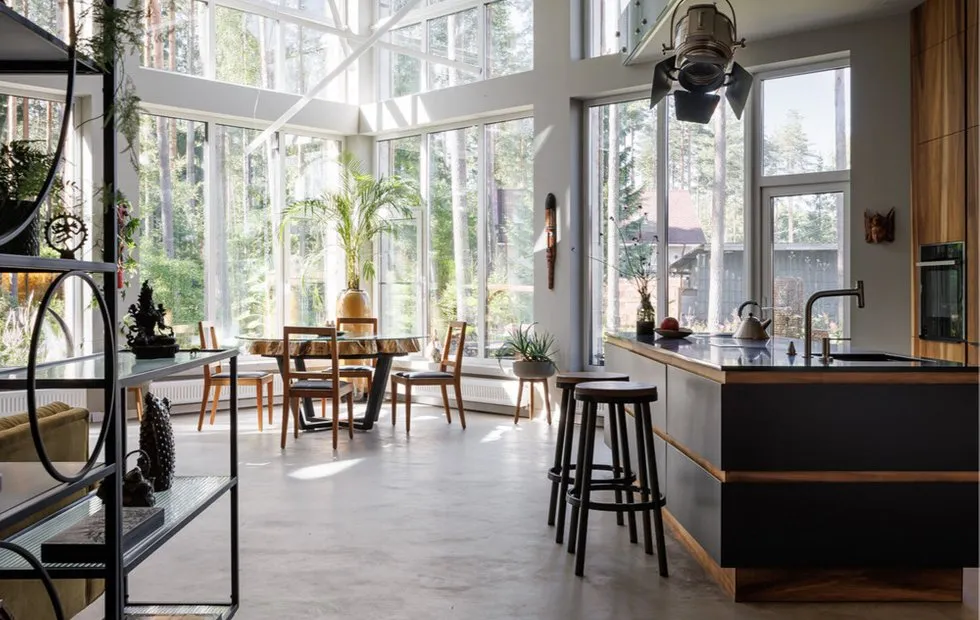 Antitrends 2025: Which Interior Design Solutions Are No Longer Relevant and What to Replace Them With
Antitrends 2025: Which Interior Design Solutions Are No Longer Relevant and What to Replace Them With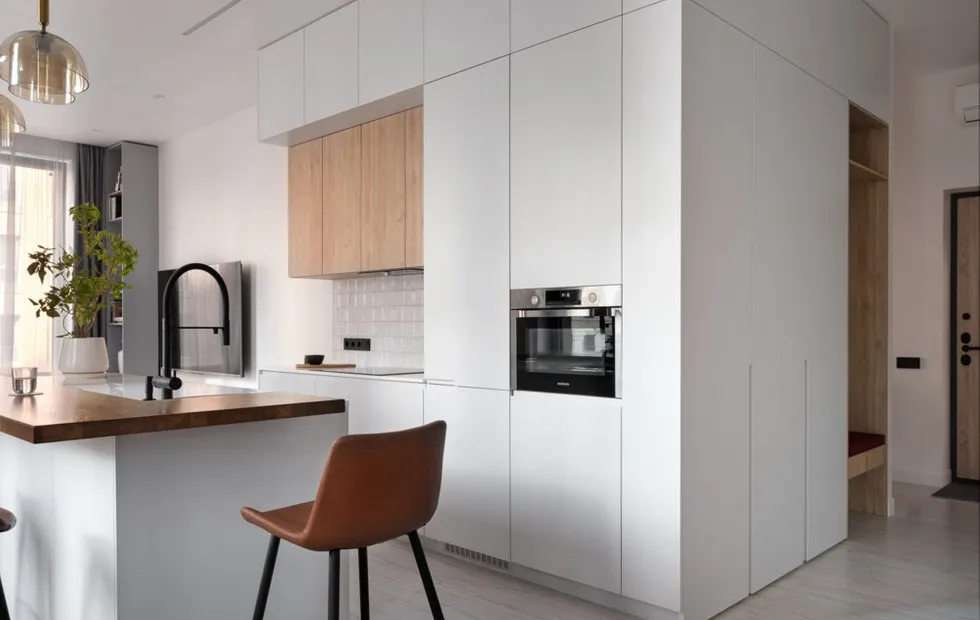 Antitrends in Kitchen Design 2025: What to Avoid in Interior Design
Antitrends in Kitchen Design 2025: What to Avoid in Interior Design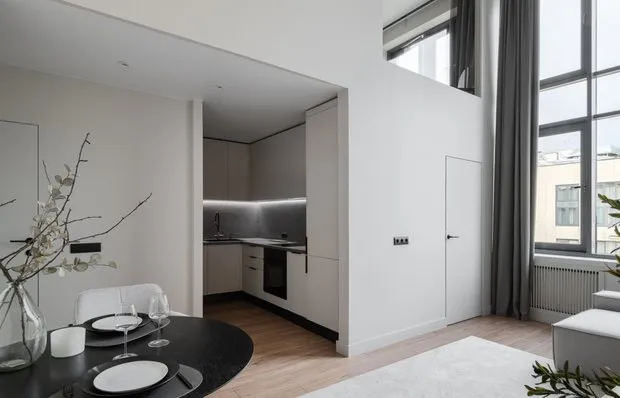 6 Ideas for Storage in a Two-Level Apartment, 57 m²
6 Ideas for Storage in a Two-Level Apartment, 57 m² How to Design a Stylish Entrance Hall in a Classical Stalin-era 70 sqm Apartment
How to Design a Stylish Entrance Hall in a Classical Stalin-era 70 sqm Apartment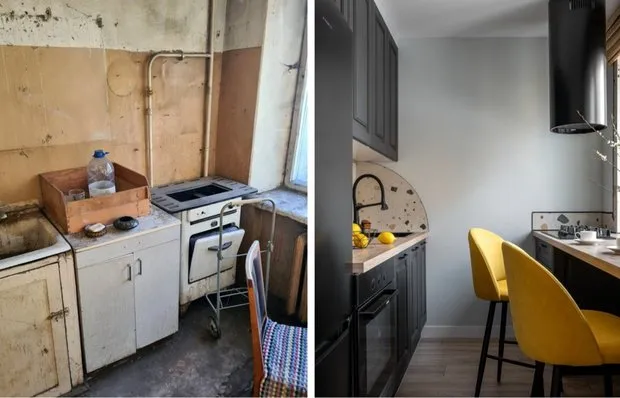 Before and After: 5 Impressive Transformations of 'Killed' Apartments
Before and After: 5 Impressive Transformations of 'Killed' Apartments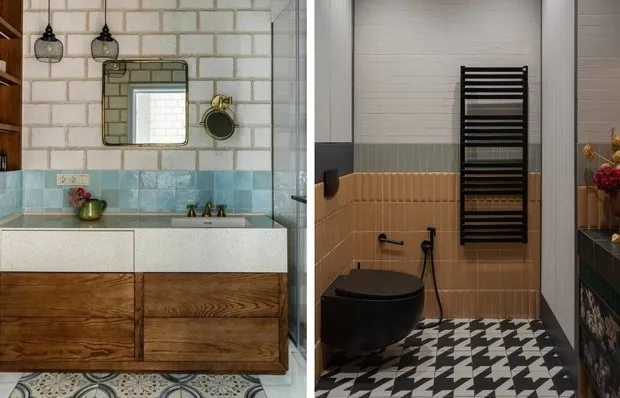 5 Interesting Solutions for Bathroom Decoration
5 Interesting Solutions for Bathroom Decoration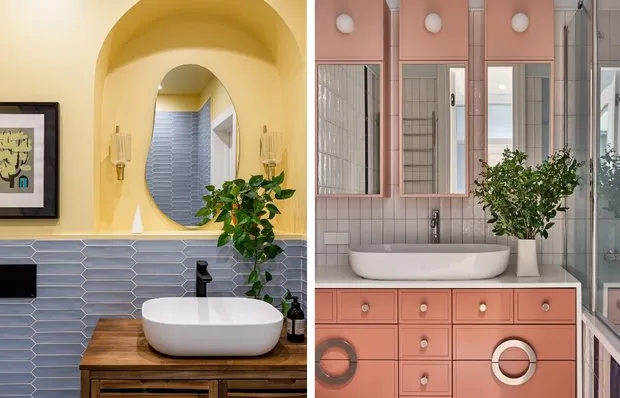 5 Boring Bathrooms That Will Inspire Your Renovations
5 Boring Bathrooms That Will Inspire Your Renovations How to Decorate a Kitchen in a Small Apartment: 6 Ideas
How to Decorate a Kitchen in a Small Apartment: 6 Ideas